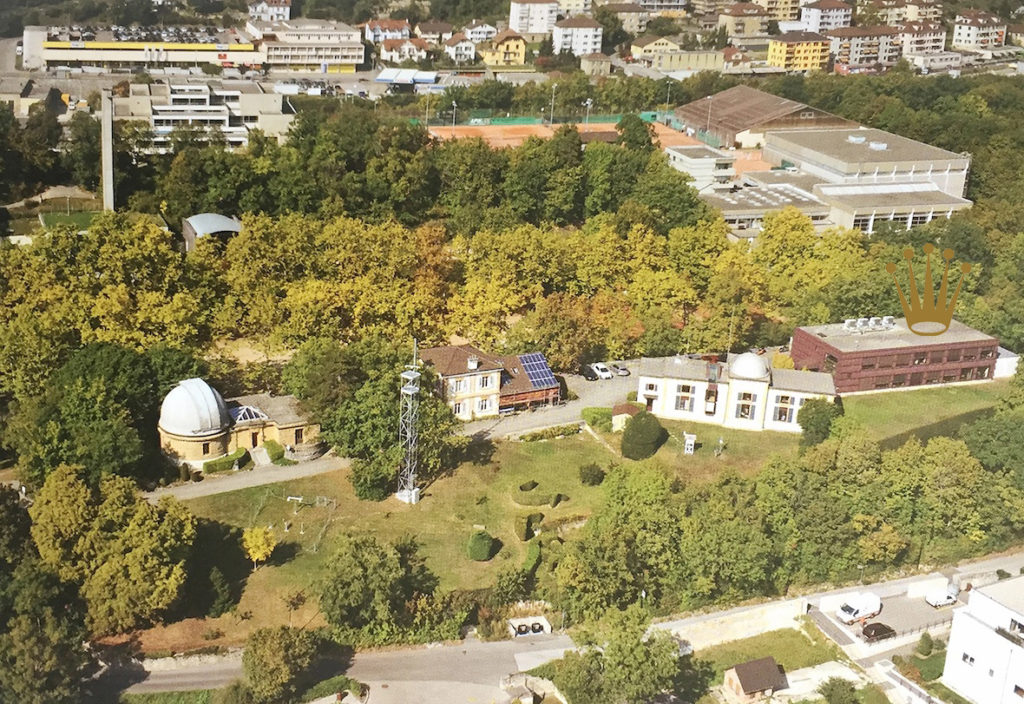
CSEM components to help assemble telescopes directly in space
18 January 2022

Neuchâtel-based CSEM helped develop a high-precision autonomous robotic system that would be used to autonomously assemble large structures in space.
Engineers working under the EU-funded project PULSAR, have unveiled a fully autonomous robotic demonstrator, which could construct in orbit the primary mirror of a telescope from separate parts. The system, which includes components developed by CSEM, paves the way towards the assembly of giant telescopes directly in space – telescopes that would otherwise be too big to launch into orbit in a single piece.
Space telescopes give scientists unprecedented insight into how our universe works. However, the potential for further discoveries is running up against a physical limit: the size of the telescope. To explore deeper and further into space, telescopes must grow to epic sizes.
A solution to this problem involves sending telescopes into space in separate components. These components could then be assembled by autonomous robots once the instrument is in orbit.
This approach has been examined under the EU-funded project PULSAR. The project’s goal is to develop the technological bricks needed to autonomously assemble large structures in space.
PULSAR is headed by the French firm Magellium and includes seven other European organizations, including CSEM in Neuchâtel. The project team has just unveiled three demonstrators, one of which is for a high-precision autonomous robotic system that would be used to assemble a telescope’s primary mirror.
The demonstrator includes a robotic arm that connects six components together and operates them. CSEM custom-designed the six tiles, including two with tripods enabling them to adjust their positions with a precision of one micron (i.e., one-fiftieth the width of a human hair) and a repeatability better than five microns. The software used to control and calibrate the system was also developed by CSEM’s engineers.
Broader applications of CSEM’s autonomous system
With the completion of the demonstrators, the PULSAR project is ending but research in this area is just getting started. CSEM’s autonomous system has the potential to construct other large space structures in the future, such as orbiting solar panels or solar sails.
“Telescopes are not the only large structures that will one day need to be assembled in space,” says Julien Rouvinet, senior engineer at CSEM. “And this robotic system could be used for other purposes as well, such as to repair satellites, refuel space stations, assemble solar panels or even build huge heat shields for missions to land on Mars.”

